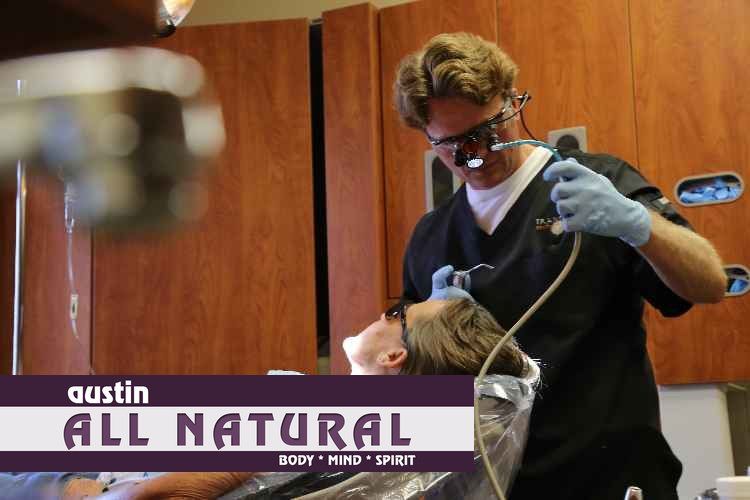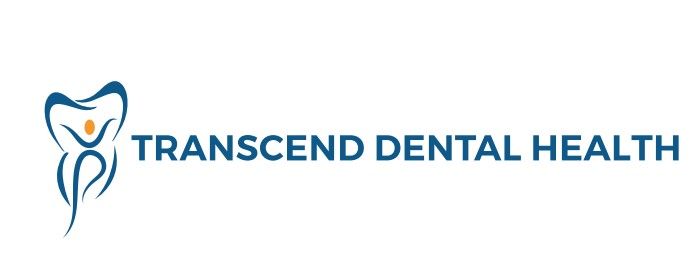Sugar, Decay, and Going With the Flow
(UNFINISHED AND UNPUBLISHED HALF-PAGE ARTICLE, RANDOM NOTES AT END OF DOCUMENT. DO NOT POST ON WEBSITE.)
Sugar, Decay, and Going With the Flow
by Michael Abedin
You brush, floss, do everything right– and still wind up in the 92% of Americans the National Institute of Health estimates have tooth decay.
What’s the deal? Tooth enamel is the hardest substance in your body, so how is something able to eat holes in it?
Conventional dental school wisdom, says biological dentist Matt Carpenter, is that decay starts on the surface of the tooth when bacteria feed on food debris and sugars, creating an acid that eats into the tooth from the outside in.
The truth, he says, may actually be inside out.
Carpenter turned his views about dentistry inside out and followed the work of Hal Huggins, the first to suggest it might not be the best idea to put mercury, a potent neurotoxin, in your mouth.
Huggins’ extensive work paralleled that of Dr. Weston Price, who examined skulls of deceased indigenous populations and reported only one cavity per thousand teeth. Recent CAT scans of well-preserved teeth of victims of the Pompeii volcanic eruption in 79 AD found the same thing – near-perfect teeth, no decay.
Diets of indigenous hunter-gatherers and first-century Italian urbanites varied, but had one thing in common – no simple sugars, the tooth assassin hiding in modern processed foods.
The smoking gun.
Huggins cited research showing nutrient-carrying fluid from the bloodstream flows through tubules in the tooth’s interior and enamel, mixing with saliva – but if the flow reversed, it carried bacteria, food particles, and acids back into the tooth’s pulp (and your bloodstream), leaching minerals out of enamel.
Decay is advanced demineralization, so a reverse flow would be, if not a smoking gun, at the least the click of one cocking in a dark room.
Huggins stated the saliva-producing parotid gland keeps things flowing the right way. Like other glands, it’s regulated by hormones produced by the endocrine system, which is nourished by proteins and overtaxed (and maybe crashed) by spikes and drops in blood sugar level – created largely by simple sugars.
Huggins called it the Big Discovery:
Sugar sitting on the tooth does not create dental decay. It is the control of the direction of the fluid flow by sugar that creates decay, not acids and sitting on the tooth…
Want to keep your fluids flowing? Keep brushing and flossing – but realize you can’t brush the sugar blues away.
The flow of this fluid, he concluded, was regulated by the saliva-producing parotid gland – which, like other glands in the body, is regulated by hormones produced by the endocrine system.
get a hole in it. human of the teeth, the hardest substance in the body, is made up mostly of minerals. When mineral loss occurs, enamel softens and decay begins.
Maybe not. If you do all the right things and still wind up with signs of decay (which can show up before actual cavities appear), it might be time to look at your diet – and turn the whole paradigm upside down.
Biological dentist Dr. Matthew Carpenter turned his view of dentistry around and became a student of the work of Hal Huggins, the first to suggest publicly that it might not be wise to put mercury, a potent neurotoxin, in your mouth – incurring the wrath of the dental establishment.
On the cause of decay, quotes Huggins, who in turn cites the work of Dr. Weston Price – an early researcher who found indigenous populations with little or no signs of decay:
In one place where (Price) was given permission to dig up skulls he found only one cavity per one thousand teeth. Decay is not the natural result of having teeth… Sugar and foods sitting on the tooth do not create dental decay. It is the fluid flow within the tooth that determines its health, and that is determined by the types of food you eat, not how long it remains in your mouth.
The enamel of the teeth, the hardest substance in the body, is made up mostly of minerals. When mineral loss occurs, enamel softens and decay begins. Huggins cited studies that showed that enamel is nourished by the flow of fluid from the bloodstream through the living soft tissue of the teeth, through the enamel, and even into the mouth.
Big discovery. Sugar sitting on the tooth does not create dental decay. It is the control of the direction of fluid flow by sugar that creates decay, not acids and food sitting on the tooth, as most dental schools teach.
As teeth decay, cavities appear – but why? Dentistry will tell you sugar, food, and bacteria sitting on your teeth causes cavities.
So all you have to do is brush your teeth But there’s more to it than that You can brush, but you can’t hide.
Dr. Weston Price, in his world travels a hundred years ago, found populations of people who had little or no decay. One place where he was given permission to dig up skulls of the dead, he found only 1 cavity per 1,000 teeth Decay is not the natural result of having teeth What is the scientific secret from the 60s that you are not being told.
Sugar and foods sitting
on the tooth do
not create dental decay. It is the fluid flow within
the tooth that
determines its health And that is determined by the types
of foods you
eat, not how long they remain in your mouth.
Dr. Ralph Steinman (DDS, MS) of the University of Loma Linda School of
Dentistry answered the question of the origin of dental decay decades ago. He
detailed life in teeth in over seventy scientific articles published while he
was a researcher at Loma Linda. He described a “fluid flow” through
teeth, and the direction of this flow created either susceptibility or
resistance to dental decay.
Using radioactive isotopes in animal studies, he identified a fluid that flows from its blood source in the pulp chamber, through the dentin tubules, through the enamel, clear into the mouth. This fluid is derived from the bloodstream and travels within arterioles that go up the pulp chamber of the tooth in people free from dental decay.
In people who are experiencing dental decay, this fluid flow process is reversed Fluids flow from the mouth, through the enamel, through the dentin, and into the pulp chamber, dragging along acids, bacteria, and debris from the breakdown of residual foods in the mouth.
Demineralization occurs when the normally hard enamel of the tooth becomes soften or is damaged Steinman showed that, when demineralization occurred, essential nutrients were leaching out of the teeth instead of being fed into the tooth parts from the bloodstream.
Further investigations taught Steinman that the direction of fluid flow was dependent upon the activity of an endocrine gland located on the side of the jaw. The parotid gland.
What controls the direction of this fluid flow? It’s controlled by the amount of hormone production, which in turn is controlled by the types of food we eat. Protein causes the fluid to flow healthily from the pulp chamber into the mouth, giving us resistance to dental decay – and glistening, pretty teeth. Sugars make the fluid flow the opposite way, from the mouth into the tooth. Big discovery. Sugar sitting on the tooth does not create dental decay. It is the control of the direction of fluid flow by sugar that creates decay, not acids and food sitting on the tooth, as most dental schools teach.
Fear You think you were afraid to go to the dentist yesterday. Walt until you read this Yes, we fear the unknown, pain, loss of teeth—but—do you really know the consequences of current dental procedures? Dental fillings contained toxic mercury 100 years ago, and dentists still place 100,000 mercury-emitting fillings every day in the U.S. Who of you knows that mercury is the primary cause of autoimmune diseases? That 100% of the 30,000,000 root canals placed yearly are havens for disease- producing bacteria? That dental nickel is related to breast cancer’ And why have you not been informed of these consequences
The post Sugar, Decay, and Going With the Flow appeared first on Transcend Dental Health.





